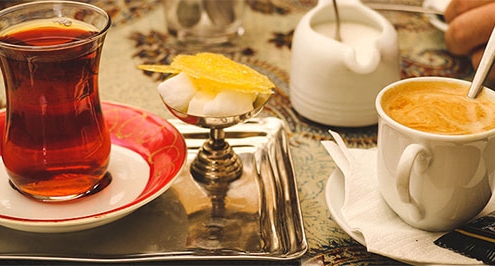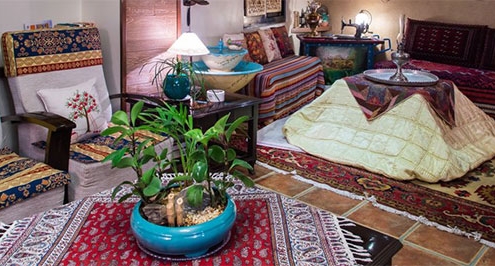
Is Iran safe? A Tourist’s Perspective on Iran Safety
/
0 Comments
I always wanted to travel to Iran, otherwise known as Persia,…

Food, Drink & Souvenirs Price in Iran (Iran travel budget P3)
If your travel takes more just a couple of days, it will be absolutely…

Tehran traffic: Rules and tips for tourists
Everything – or quite everything – is relative, many may…

Accommodation, Food & Telecom Price in Iran (Iran travel budget p2)
Well, once we arrived and changed some precious money avoiding…

Top 4 Iran Less-known Places to Visit
There are hundreds of wonderful places, some of which are well-known…

Iran Flights, Visa & Money (Iran Budget Travel P1)
In this article, I would like to present some information and…

Iran foods and drinks: 5 Iranian local foods I love and miss
In every region, every country you go to – you will find some…

Public transportation in Tehran: Metro, Bus, Taxi
Tehran is one of the biggest megapolises around the world, with…

What is served on Persian breakfast?
For me, breakfast is of utmost importance – a way to turn on…

Everything you need to know about Iran
“The use of traveling is to regulate imagination by reality,…

Iran Safety and Laws: All You Need to Know
“One gunshot a day keeps the tourist away” - Oscar Sega
I…

Persian food: A foodie’s experience in Iran
When you are travelling, whether you are a foodie or not, you…

Taarof: Meaning, Examples & all You Need to Know
“I had long ago learned that when you are the giant, alien…

what is life in the Middle East like? life style, photos & more
“Before going there, I’d had certain preconceptions about…

Everything about Iran: art, cuisine, people, women’s Hijab
Out of the vast internet sea, you will find a lot of information…
 https://irandoostan.com/dostcont/uploads/2019/11/Nature.jpg
600
800
Alex Kojan
https://irandoostan.com/dostcont/uploads/2025/05/Irandoostan-logo.webp
Alex Kojan2019-11-30 09:55:012025-05-05 14:50:12Why you should visit Iran?
https://irandoostan.com/dostcont/uploads/2019/11/Nature.jpg
600
800
Alex Kojan
https://irandoostan.com/dostcont/uploads/2025/05/Irandoostan-logo.webp
Alex Kojan2019-11-30 09:55:012025-05-05 14:50:12Why you should visit Iran? https://irandoostan.com/dostcont/uploads/2016/12/pinkmosque.jpg
1512
2268
Mina Bagheri
https://irandoostan.com/dostcont/uploads/2025/05/Irandoostan-logo.webp
Mina Bagheri2016-12-18 16:22:342023-12-10 09:10:35Iran; Power to her People!
https://irandoostan.com/dostcont/uploads/2016/12/pinkmosque.jpg
1512
2268
Mina Bagheri
https://irandoostan.com/dostcont/uploads/2025/05/Irandoostan-logo.webp
Mina Bagheri2016-12-18 16:22:342023-12-10 09:10:35Iran; Power to her People! https://irandoostan.com/dostcont/uploads/2016/11/01-1.jpg
242
403
siteadmin@irandoostan.com
https://irandoostan.com/dostcont/uploads/2025/05/Irandoostan-logo.webp
siteadmin@irandoostan.com2016-11-24 11:16:282024-09-30 09:28:23Iran Unveiled; By Wendell Rodricks
https://irandoostan.com/dostcont/uploads/2016/11/01-1.jpg
242
403
siteadmin@irandoostan.com
https://irandoostan.com/dostcont/uploads/2025/05/Irandoostan-logo.webp
siteadmin@irandoostan.com2016-11-24 11:16:282024-09-30 09:28:23Iran Unveiled; By Wendell Rodricks

